I remember the first time I saw the greenish bluish colors dancing on the dark sky. We were skiing up north in Sweden. The days were short, and the nights were dark and beautiful. I remember breathing in the cold air, hearing the snow squeak from underneath my boots. There it was, the northern lights, with its beautiful colors dancing in the sky. Although it wasn’t the Northern Lights in Norway and at the time, I was only a teenager, that’s a memory that will be with me forever.
Another time I got lucky to see the northern lights when visiting Reykjavik, Iceland. Walking up the hill to Hallgrimskirkja with my now husband, seeing the colorful sky with the church in the background, that is something I will never forget. That’s what experience the northern lights will do for you, create moments and memories that will last you a lifetime.
Working as a tour operator, one of the most common questions we would get is; where and when do I have the best chance of seeing the northern lights? Let’s talk about the best time and place to see the Northern Lights in Norway, but first, how are they created.
How Is the Aurora Borealis Created
Ok, let’s take a closer look at science, for a minute, and talk about how the northern lights occur.
The sun sends gas into space. These gas eruptions contain particles traveling through space. Solar storms occur daily, and some of them take the direction towards us on earth and bring these particles with them.
When they reach us, the earth’s magnetic field acts as a shield. The magnetic fields from the sun and our planet come together and create a gas stream that comes down on the north and south polar areas. This gas stream causes the northern lights during the day, but because of the daylight, we can’t see it.
It doesn’t end there. The magnetic fields swing around the earth and connect back together. When they connect back together, the gas from the solar storm streams back along the magnetic lines and back down on the polar areas, but this time on the night side of the earth.
When the particles collide with atoms in the earth’s atmosphere, the collisions show as green, blue, red, and white light. This is what creates the northern lights that we can see in the dark sky. Pretty amazing.
Here is a video that explains the northern lights process, more in detail;
Where Can the Northern Lights Be Seen?
The most common places to see the northern lights is around the Arctic circle and Antarctica. Since this is a natural phenomenon, on rare occasions, it has been seen outside of the north and south pole areas.
Northern Lights, also called Aurora Borealis, when viewed close to the arctic circle. As mentioned, you can also see it around the south pole area when that’s the case, the light is called Aurora Australis.
When it comes to the Aurora Borealis, you can see it in the Lapland area of Norway, Sweden, and Finland. Iceland, Canada, and Alaska are other places where you can view it.
Where in Norway Can You See the Northern Lights?
If traveling northern Norway at the right time, with the right conditions, you have a good chance of seeing the Northern Lights where ever you are. Some places offer tours where you can do all kinds of fun activities under the dancing greenish light. Tromso, Alta, Kirkenes, and Lofoten Svalvear are a few of the places where you can go hunting for the lights. Some offer kayaking, snowmobiling, husky rides but more about these tours later in this article.
Before we dive into northern lights tours and accommodations at these destinations, let’s look at when you should go, and if you can predict the Aurora Borealis.
When Is the Best Time to See the Northern Lights in Norway
The season for Northern lights in Norway runs from late September to late March. This time of the year is when it’s dark from the afternoon until late morning in northern Norway, giving the best circumstances to view the lights.

Can You Predict the Northern Lights?
So we have the right time and the right place figured out, but can we narrow things down and predict within that period when it’s the best chance of success to see the lights? That is the million dollar question. The Northern Lights is always depending on the weather but there are indicators that can help us predict.
When looking at the Northern Lights forecast, there are three indicators to look at;
- Kp index
- Solar rotation
- Ovation auroral
Kp Index
The Kp index is a scale from 0 to 9 to measure the geomagnetic activity that is directly related to the Aurora Borealis visibility. The higher the Kp index number, the further south you can view the lights. With a Kp = 2, you have chances of seeing the northern lights in the Tromso and Kirkenes area. With a Kp = 4, you might even have a chance of seeing the lights in the Trondheim and mid-Norway area.
The Kp index can also get an indication of how active the northern lights will be. A low Kp number, the lights are faint and quiet. High numbers often indicate an active Aurora Borealis.
Solar Rotation
If you look at the archive displaying the level of Kp, you can trackback and sometimes see a pattern.
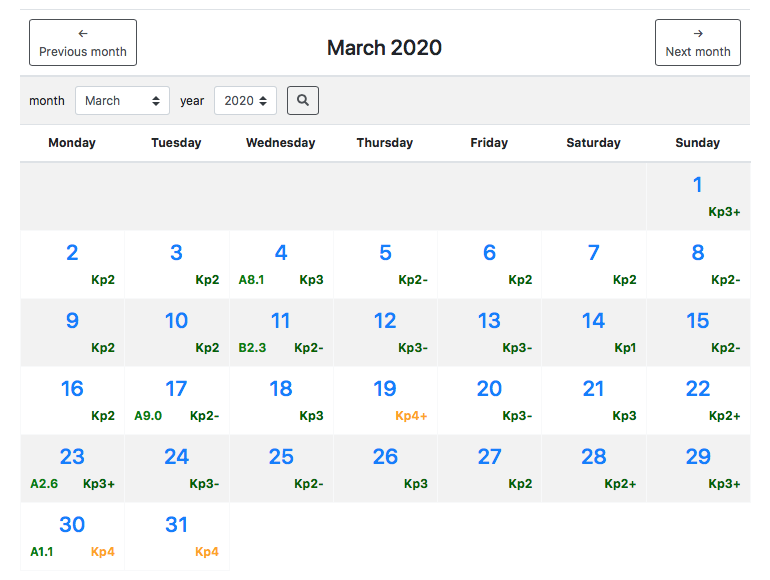
Source: Spaceweatherlive.com
The sun has a 27-day rotation on its axis. At times, it’s likely that if the sun sends out a large number of particles towards earth, there will be a good chance of a high Kp 27 days later, since that’s the rotation. If you find a high Kp date, say Kp 5, and trackback 27 days, what’s the result?
Ovation Auroral
Ovation Auroral is a short-term way of measuring the probability of visible Aurora both in the north and south hemispheres. Provided by the NOAA Space Weather Prediction Center, they predict the chance of seeing the northern lights and the intensity of it short term.
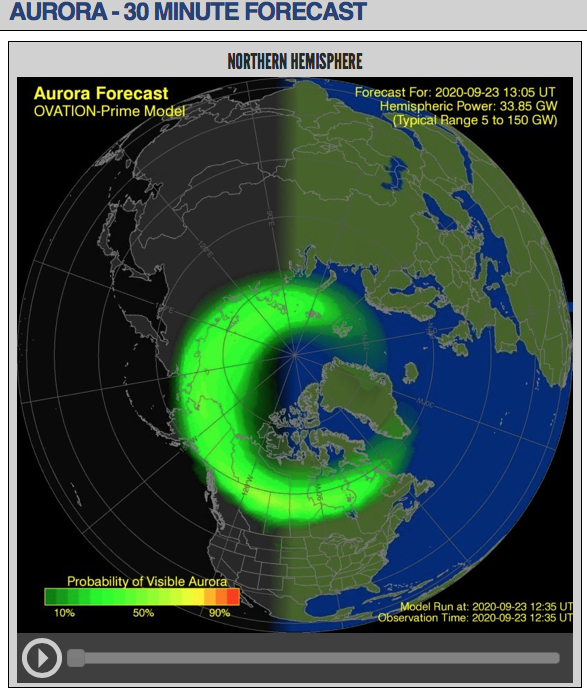
Source: NOAA Space Weather Prediction Center
When planning your travels, take a look at the Kp forecast, and maybe even the solar rotation. When you are actually at your location, you can also use the short term map from NOAA.
Another great tool traveling to Norway hunting for the northern light is the Norwegian Centre for Space Weather.
This site will give you a forecast for specific destinations in Norway. Tromso, Trondheim, Bergen, and Oslo is on the list along with Svalbard and a global map.
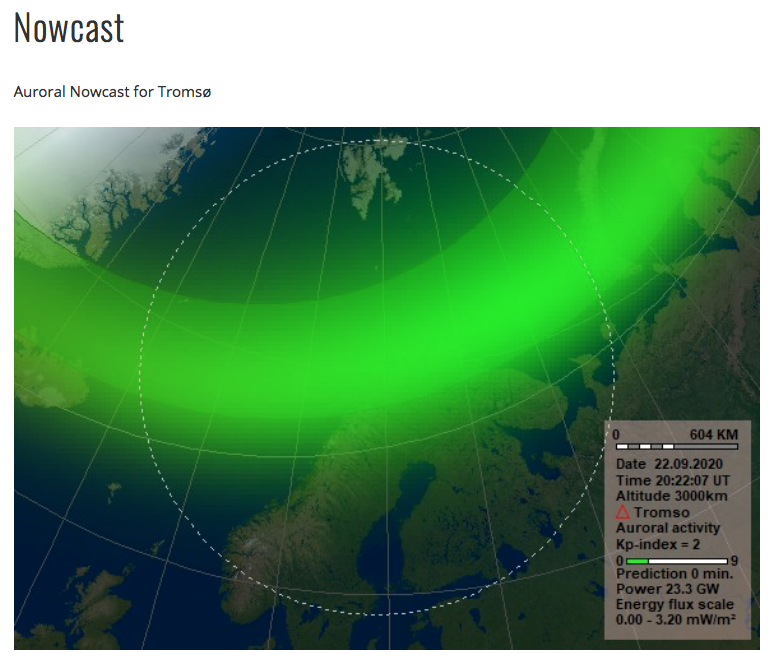
Source: Norwegian Center for Space Weather
Now when we have a better understanding of the indicators and what they do, let’s look at an app that can help us with the forecast.
My Aurora Forecast and Alerts
With a 4.7 out of 5 ratings with over 11.000+ reviews, this is a helpful app to use for Apple users. It will display the Kp rating, an aurora map, and a forecast.
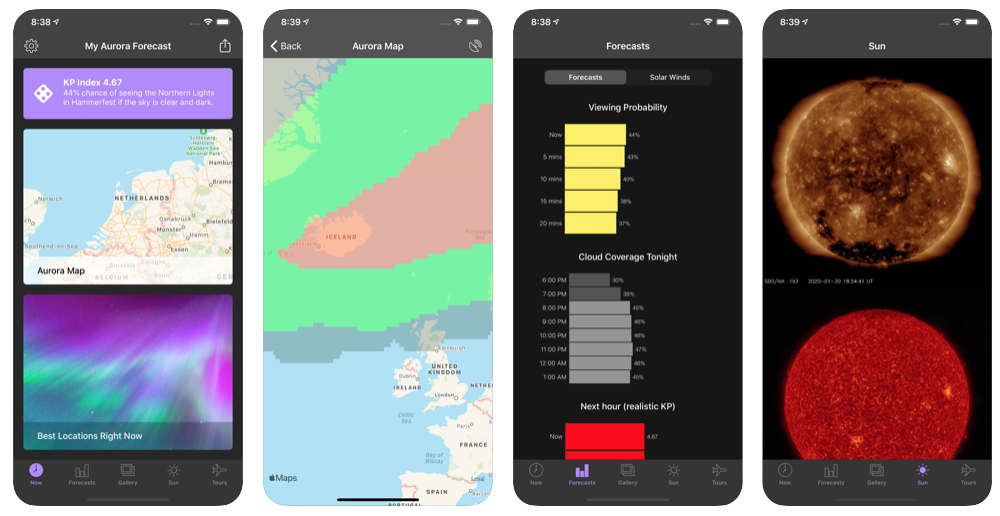
The app can be downloaded in the Apple store.
Now when we know more about this beautiful phenomenon, wherein Norway, should you go for the best chances to see the aurora, and what activates are available for you?
Northern Lights Tours in Tromso Norway
Tromso offers a variety of tours, small group tours, photography tours, reindeer sledding under the lights, northern lights sailing, northern lights hunts in a tesla, dinner cruise, and more. Here are a few suggestions;
Other places in northern Norway to visit in the winter are Alta, Lofoten, and Kirkenes. They also offer Northern lights tours, and here are a few examples.
–> Click Here – 29 Northern Light Tours in Norway, Iceland, Finland and Sweden
Best Places to Stay in Norway with the Chance of a Northern Lights View
If you are in the right location, at the right time, you might be lucky enough to enjoy the Aurora Borealis from your bed. Some accommodations in Norway are set-up with the northern lights in mind. If you are not afraid of the cold, glamping can be an option for you. If you prefer warm, cozy, a door to close, and a bathroom in your room, go for a hotel room with a large window or even ceiling windows. Let’s look at some of your options in Tromso;
Radisson Blu Hotel in Tromso
The Blu Hotel in Tromso is a classic Radisson hotel, but it does have beautiful views over the water and mountains. Book a premium room with a sea and mountain view or a suite with a balcony for best views.
Tromso Ice Domes Hotel
Combine the hunt for the aurora with a stay at an ice dome, what a uniquely memorable experience. Also included in this package is snowshoeing and husky ride.
Two day Dog Sled Experience
If you are adventures and want to combine a husky ride with an overnight camp experience, the two-day dog sled tour is for you. You will not get closer to the wilderness than this. (Currently not available.)
Northern lights in Norway: Expectations vs. Reality
- Expectation – I will, for sure, see the northern lights no matter when I go.
- Reality – Northern lights, like we talked about, is a natural phenomenon, and always weather permitting, there are no guarantees.
- Expectation – I will walk away with amazing photos taken by me on my phone.
- Reality – most northern lights images that you see online, are taken by professionals with professional equipment.
- Expectation – It will probably be a little cold.
- Reality – Northern Norway is cold in the winter, dress warm.
Your main goal might be to see the northern lights but make sure that you plan activities that will allow you to have a great time no matter what. The lights are sure amazing when they show up, and I truly hope they show up for you too, when you decide to go to Norway.
Northern Lights in Norway Key Points
- When – you can view the Northern Lights in Norway from September to late March.
- Where – you can see Aurora Borealis around the arctic circle including, Tromso, Alta, and Lofoten.
- How – join a group tour, where your guide will direct you and find the best places and chances to see the northern lights.
Hopefully this article was helpful in deciding when and where to go hunting for the Aurora Borealis. We talked about how this light occurs, indicators to look at for the best chance of seeing them, and also some fun tour suggestions.
Now it’s your turn, is seeing the Northern Lights in Norway on your bucket list? Where in Norway do you want to go? Feel free to share your comment below.


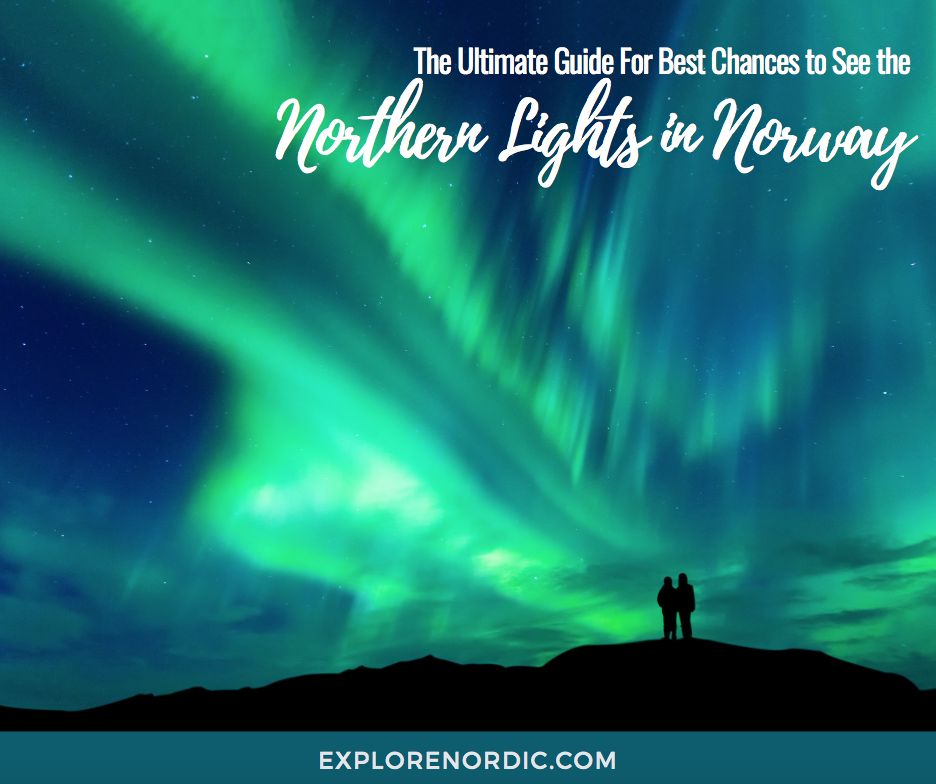
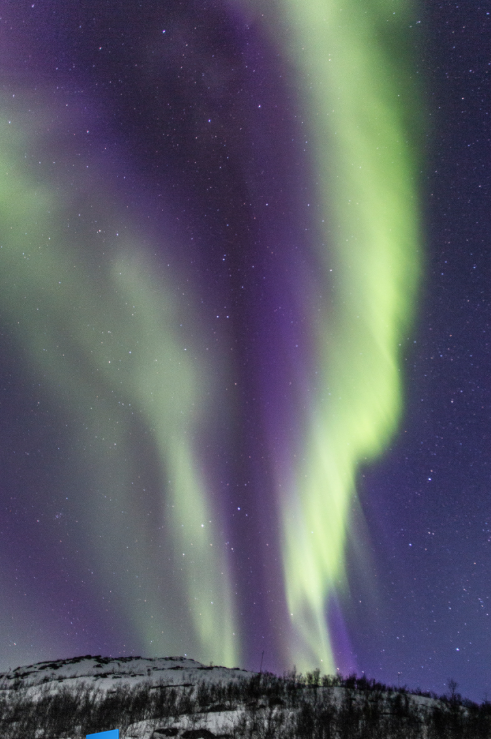

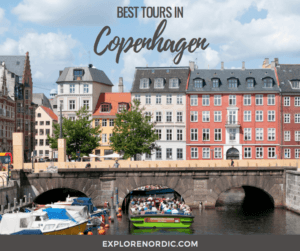
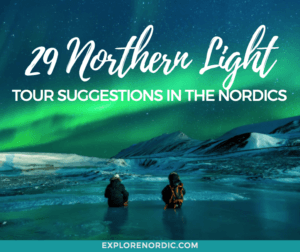
Is the seeing the Northern Lights in Norway on your bucket list? It wasn’t. But now it is a contender 🙂
I’m not a big fan of ‘cold holidays’ to be honest lol, but reading your guide has endeared the prospects of travelling to Norway to me. I was particularly facisinated by the science behind the Aurora Borealis.
I live in the UK and I wonder if one can see the lights in Scotland?
Cheers
Femi
Hi Femi,
The cold is not for everybody 🙂 . The Northern Lights though, is worth it. It is beautiful.
You can see the lights in Scotland. Depending of the time of the year, and the conditions, you might just get lucky.
Good luck,
Veronica